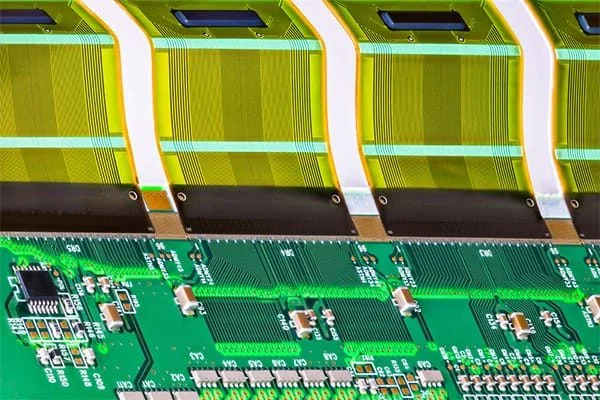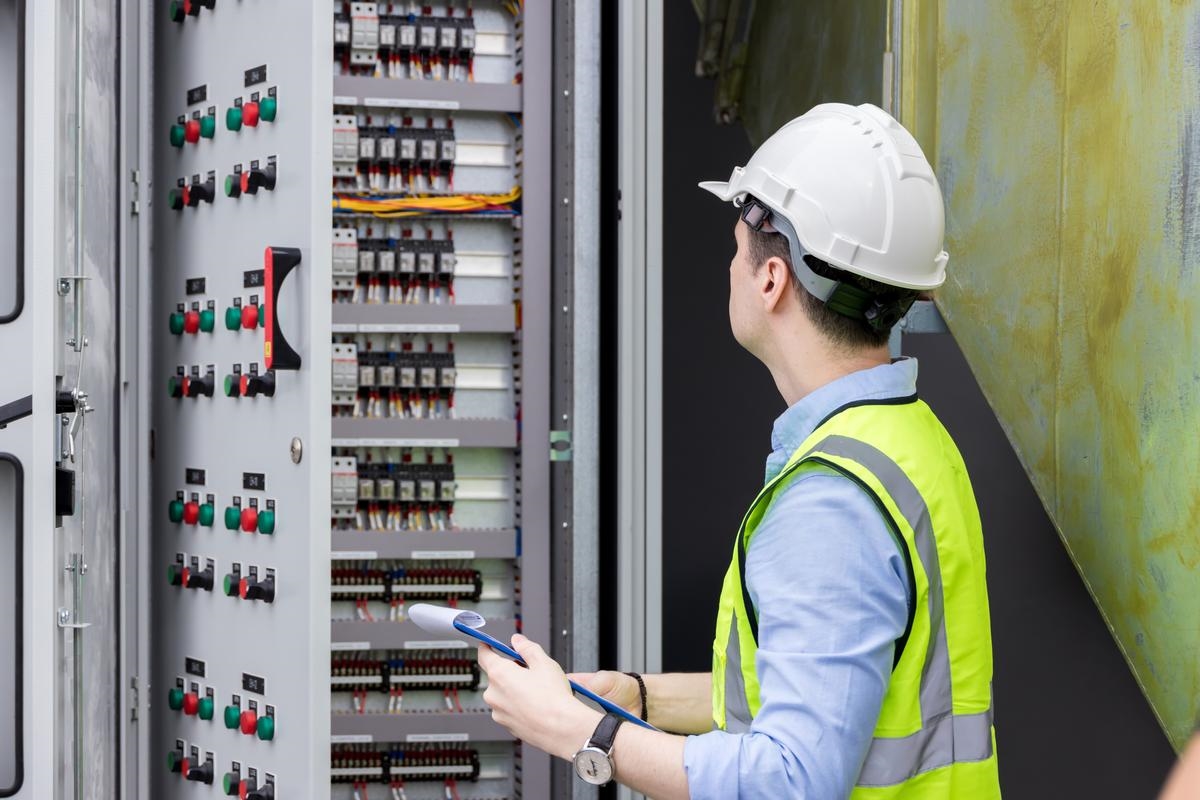Elevator control Printed Circuit Boards (PCBs) are the backbone of modern elevator systems, ensuring safe, reliable, and efficient operation. But did you know that the performance of these systems heavily depends on the careful selection of components like microcontrollers, relays, and sensors? In this blog, we'll explore how choosing the right elevator PCB components can make or break the functionality of an elevator system. From microcontroller selection to relay selection and sensor selection, we'll dive deep into each aspect, including the role of a well-planned elevator PCB BOM (Bill of Materials). Whether you're an engineer designing these systems or a building manager looking to understand the technology, this guide will break down the essentials for optimizing elevator control PCB performance.
Why Component Selection Matters for Elevator Control PCBs
Elevator control PCBs manage critical functions like floor selection, door operation, speed control, and safety mechanisms. A single poorly chosen component can lead to system failures, delays, or even safety hazards. For instance, a slow-responding microcontroller can cause lag in floor selection, while a low-quality relay might fail under high current loads, halting the elevator. By focusing on the right elevator PCB components, designers can ensure smooth operation, reduce maintenance costs, and enhance passenger safety.
In the sections below, we'll cover the key components that influence elevator PCB performance and provide insights into making informed choices during design and assembly.
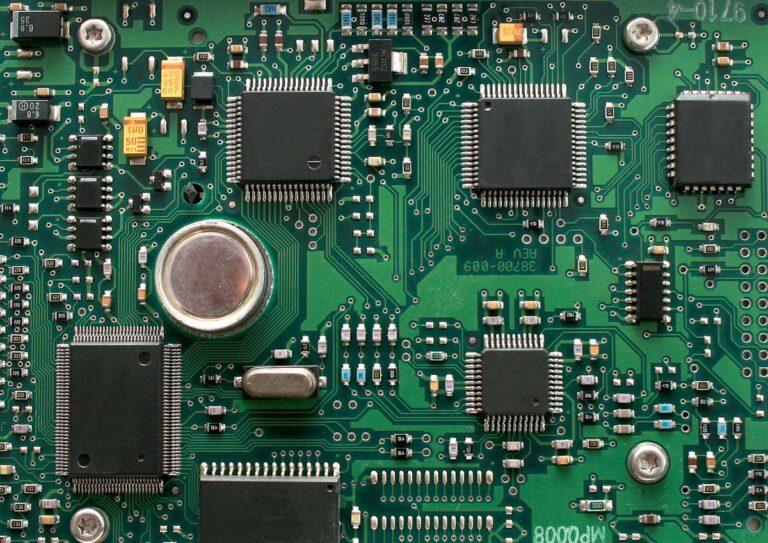
Key Elevator PCB Components and Their Impact on Performance
Every component on an elevator control PCB plays a unique role. Let's break down the most critical ones and see how their selection affects the overall system.
1. Microcontroller Selection: The Brain of the Elevator System
The microcontroller is the heart of an elevator control PCB, processing inputs from buttons, sensors, and safety systems while sending commands to motors and relays. Choosing the right microcontroller is vital for ensuring quick response times and reliable operation.
When focusing on microcontroller selection, consider these factors:
- Processing Speed: A microcontroller with a clock speed of at least 16 MHz is often necessary to handle real-time tasks like processing floor requests and emergency stops without delay.
- Input/Output (I/O) Pins: Elevators require multiple I/O pins to connect with sensors, buttons, and displays. A microcontroller with 32 or more I/O pins is typically ideal for mid-sized systems.
- Power Efficiency: Energy-efficient microcontrollers reduce heat generation and power consumption, which is crucial for systems running 24/7.
- Reliability: Industrial-grade microcontrollers with a wide operating temperature range (e.g., -40°C to 85°C) are better suited for the harsh environments of elevator shafts.
For example, a 32-bit ARM-based microcontroller can handle complex algorithms for load balancing and emergency protocols, ensuring smoother operation compared to an 8-bit alternative, which might struggle with multitasking. Poor microcontroller selection can lead to slow response times, increasing wait times for passengers and potentially compromising safety.
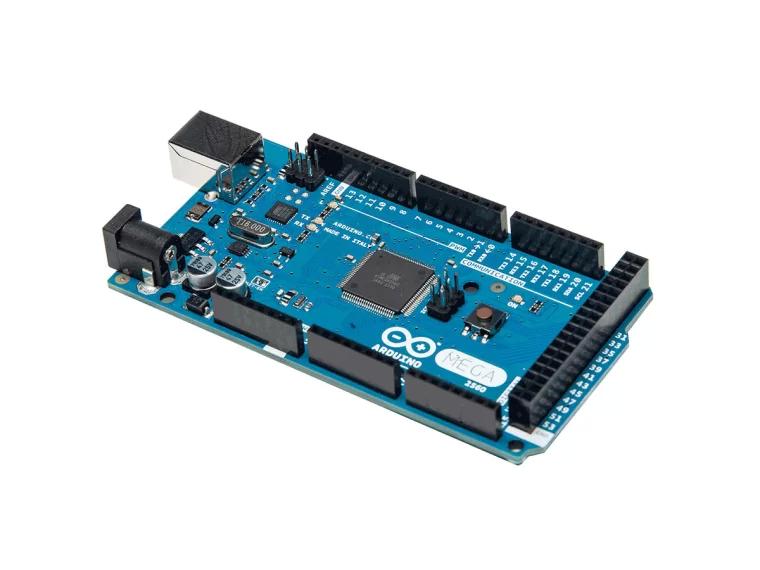
2. Relay Selection: Ensuring Safe and Reliable Power Switching
Relays are essential for switching high-power loads, such as motors for door operation and elevator movement. The right relay selection ensures that these power-intensive tasks are performed safely and without failure.
Key considerations for relay selection include:
- Load Capacity: Relays must handle the current and voltage requirements of the elevator system. For instance, a relay rated for at least 10A at 250V AC is often needed for door motors in commercial elevators.
- Switching Speed: Faster switching relays (e.g., solid-state relays with switching times under 10ms) can improve the responsiveness of door operations compared to traditional electromechanical relays.
- Durability: Relays with a mechanical life of over 1 million cycles are preferable to withstand the constant operation in busy buildings.
- Safety Features: Opt for relays with built-in arc suppression to prevent sparks and ensure safety during high-voltage switching.
A poorly chosen relay can overheat or fail, leading to costly downtime or safety risks. For instance, using an underrated relay might cause it to burn out under heavy load, stopping the elevator mid-operation. Proper relay selection ensures long-term reliability and minimizes maintenance needs.
3. Sensor Selection: Precision in Monitoring and Safety
Sensors are the eyes and ears of an elevator system, detecting position, speed, weight, and door status. The right sensor selection is crucial for accurate data collection and ensuring passenger safety.
Important factors in sensor selection include:
- Position Sensors: Optical or magnetic sensors with a resolution of 1mm or better are often used to detect the exact floor level, preventing misalignment during stops.
- Weight Sensors: Load cells with a capacity of up to 5000 kg and accuracy within 1% are essential for detecting overloads and preventing operation beyond safe limits.
- Speed Sensors: Encoders that measure rotational speed with a precision of 0.1 RPM help maintain smooth acceleration and deceleration, improving ride comfort.
- Environmental Tolerance: Sensors must operate reliably in dusty or humid elevator shafts, often requiring an IP rating of 65 or higher for dust and water resistance.
Incorrect sensor selection can lead to false readings, such as a weight sensor failing to detect an overload, risking structural damage. High-quality sensors ensure precise feedback, enabling the system to respond appropriately to real-time conditions.
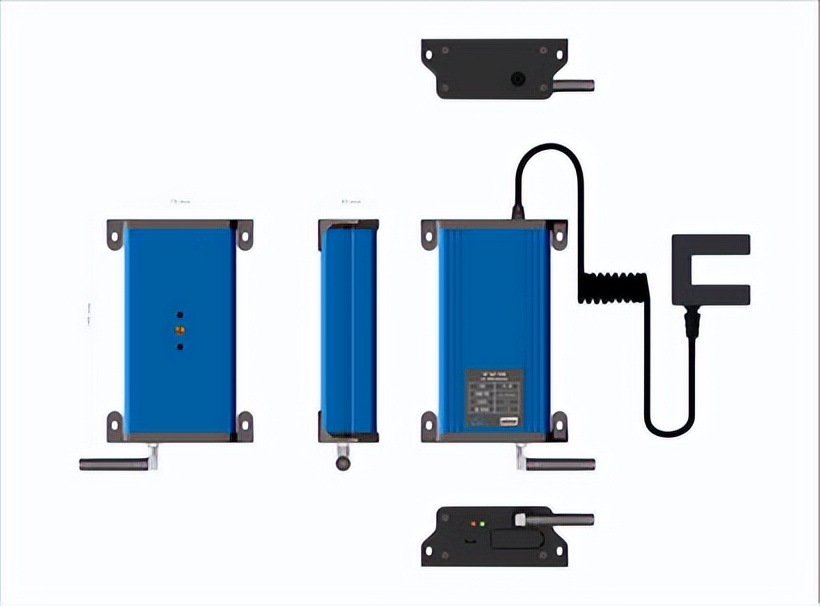
The Role of an Elevator PCB BOM in Performance Optimization
A well-structured elevator PCB BOM (Bill of Materials) is the foundation of a high-performing control board. The BOM lists every component, from resistors to microcontrollers, ensuring that nothing is overlooked during design and assembly. But how does it impact performance?
First, a detailed BOM helps in sourcing high-quality components that meet the system’s requirements. For example, specifying a microcontroller with a minimum clock speed of 20 MHz in the BOM ensures that the selected part won’t bottleneck the system’s response time. Similarly, including relays with a specific current rating prevents mismatches that could lead to failures.
Second, the BOM aids in cost optimization without sacrificing quality. By listing alternative components with similar specifications, designers can choose cost-effective options if the primary choice is unavailable or too expensive. For instance, a BOM might list two relays with identical 10A ratings but different price points, allowing flexibility during procurement.
Lastly, a comprehensive elevator PCB BOM reduces assembly errors. Clear documentation of part numbers, quantities, and specifications minimizes the risk of installing incorrect components, which could degrade performance or cause system failures. A single wrong capacitor with a lower voltage rating, for instance, could lead to circuit breakdowns under stress.
How Component Selection Affects Overall Elevator Performance
The combined effect of choosing the right elevator PCB components directly influences several performance metrics:
- Speed and Responsiveness: A fast microcontroller paired with quick-switching relays reduces wait times for passengers, enhancing user experience. For instance, a system with a processing delay of less than 50ms feels almost instantaneous.
- Safety: Accurate sensors and reliable relays prevent accidents by ensuring precise load detection and secure power switching. A weight sensor with 99% accuracy can prevent overloading mishaps.
- Durability: High-quality components with long lifespans (e.g., relays with over 1 million cycles) reduce the frequency of replacements, cutting down on maintenance costs.
- Energy Efficiency: Power-efficient microcontrollers and relays lower the overall energy consumption, which is critical for high-traffic buildings aiming to reduce operational costs.
On the flip side, poor component choices can lead to frequent breakdowns, safety risks, and higher long-term costs. Imagine a sensor failing to detect a door obstruction due to low sensitivity, resulting in injuries or lawsuits. The upfront cost of quality components often pales in comparison to the expenses of downtime and repairs.
Best Practices for Selecting Elevator PCB Components
To ensure optimal performance, follow these best practices when selecting elevator PCB components:
- Prioritize Industrial-Grade Parts: Choose components designed for harsh environments with wide temperature ranges and high durability.
- Match Specifications to Requirements: Always align component specs (e.g., current ratings, speed) with the elevator system's demands to avoid underperformance.
- Test Before Deployment: Simulate real-world conditions during the design phase to verify that components like sensors and relays perform as expected.
- Work with Trusted Suppliers: Source components from reliable vendors to avoid counterfeit or substandard parts that could fail prematurely.
- Update the BOM Regularly: Keep the elevator PCB BOM current with the latest component versions and alternatives to adapt to market availability.
By adhering to these guidelines, designers can build elevator control PCBs that deliver consistent performance and safety over years of operation.
Conclusion: Building Better Elevator Systems with Smart Component Choices
The performance of an elevator control PCB hinges on the careful selection of components like microcontrollers, relays, and sensors. Each choice, from microcontroller selection to relay selection and sensor selection, plays a pivotal role in ensuring speed, safety, and reliability. A well-crafted elevator PCB BOM further streamlines the process, helping designers source the right parts and avoid costly mistakes.
 ALLPCB
ALLPCB



